Basic Setup
I use NSTask to run a process that optimizes images. This process writes output data to stdout. I use the readabilityHandler property of NSTask to capture that data. Here is the abbreviated setup:
NSTask *task = [[NSTask alloc] init];
[task setArguments:arguments]; // arguments defined above
NSPipe *errorPipe = [NSPipe pipe];
[task setStandardError:errorPipe];
NSFileHandle *errorFileHandle = [errorPipe fileHandleForReading];
NSPipe *outputPipe = [NSPipe pipe];
[task setStandardOutput:outputPipe];
NSFileHandle *outputFileHandle = [outputPipe fileHandleForReading];
NSMutableData *outputData = [[NSMutableData alloc] init];
NSMutableData *errorOutputData = [[NSMutableData alloc] init];
outputFileHandle.readabilityHandler = ^void(NSFileHandle *handle) {
NSLog(@"Appending data for %@", inputPath.lastPathComponent);
[outputData appendData:handle.availableData];
};
errorFileHandle.readabilityHandler = ^void(NSFileHandle *handle) {
[errorOutputData appendData:handle.availableData];
};
I then call NSTask like this:
[task setLaunchPath:_pathToJPEGOptim];
[task launch];
[task waitUntilExit];
(This is all done on a background dispatch queue). Next I examine the return values of NSTask:
if ([task terminationStatus] == 0)
{
newSize = outputData.length;
if (newSize <= 0)
{
NSString *errorString = [[NSString alloc] initWithData:errorOutputData encoding:NSUTF8StringEncoding];
NSLog(@"ERROR string: %@", errorString);
}
// Truncated for brevity...
}
The Problem
Approximately 98% of the time, this works perfectly. However, it appears that -waitUntilExit CAN fire before the readabilityHandler block is run. Here is a screenshot showing that the readability handler is running AFTER the task has exited:
So this is clearly a race condition between the dispatch queue running the readabilityHandler and the dispatch queue where I've fired off my NSTask. My question is: how the hell can I determine that the readabilityHandler is done? How do I beat this race condition if, when NSTask tells me it's done, it may not be done?
NOTE:
I am aware that NSTask has an optional completionHandler block. But the docs state that this block is not guaranteed to run before -waitUntilExit returns, which implies that it CAN begin running even SOONER than -waitUntilExit. This would make the race condition even more likely.
